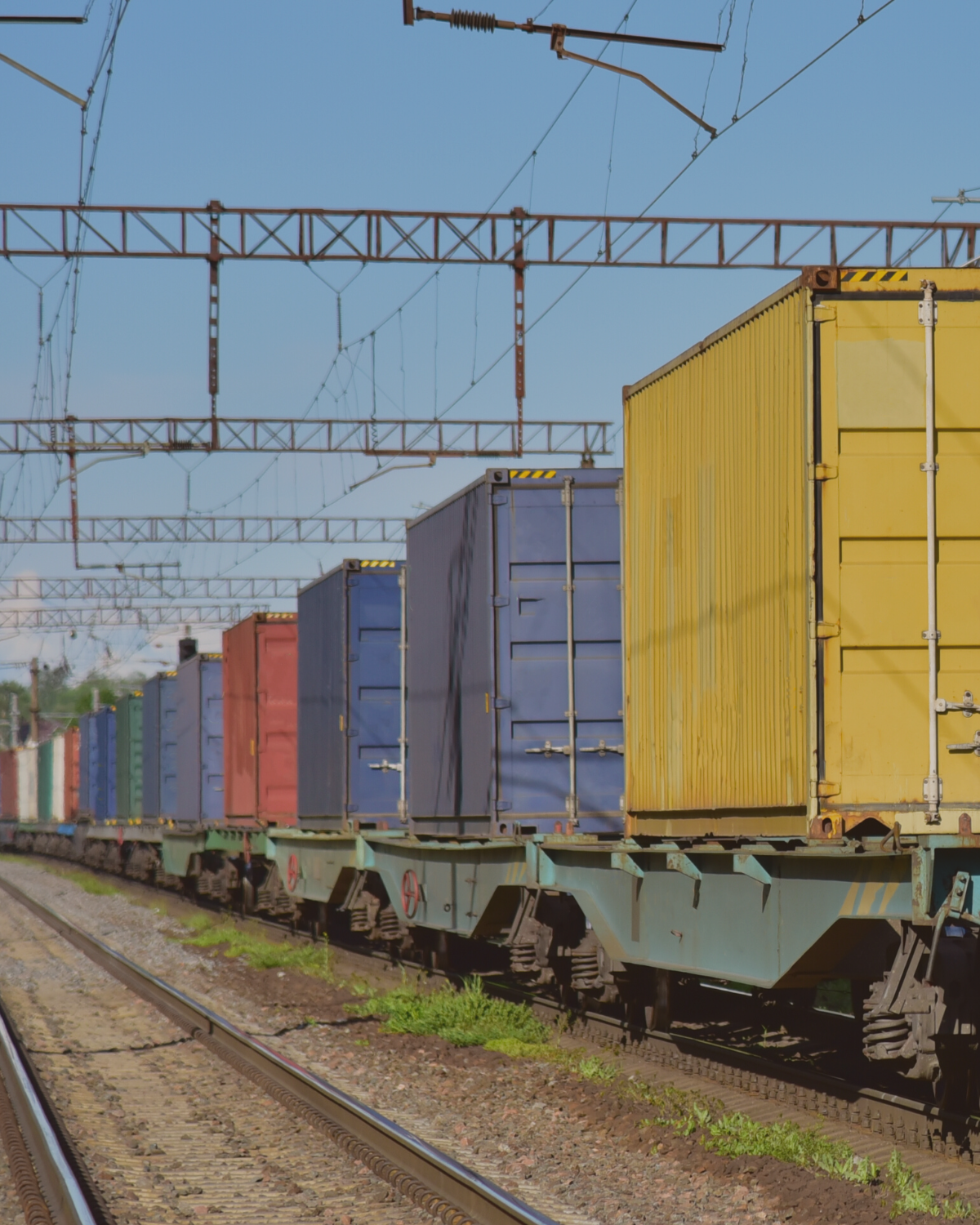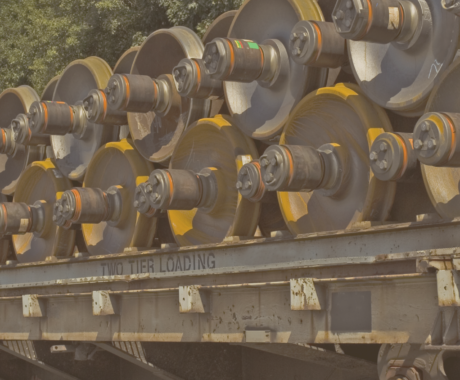Efficient logistics and timely transportation are critical for businesses relying on railways to move goods. However, delays in returning railway wagons, known as demurrage, can pose significant challenges and financial burdens for shippers and consignees. This article aims to explore the concept of demurrage in railways, its causes, associated costs, and preventive measures, with a focus on incidents as a leading cause and the potential of IoT sensors, like Powerail, in preventing demurrage incidents.
Understanding Demurrage in Railways
Demurrage is a charge imposed by railway companies when wagons are not returned within the agreed time frame. It aims to incentivize efficient wagon utilization and encourage timely return. Demurrage can occur due to various reasons, including inefficient loading/unloading, inadequate planning, infrastructure limitations, unforeseen circumstances, and incidents with wagons themselves.
Demurrage Caused by Incidents: Impact and Costs
Incidents with wagons, such as flat spots and bearing issues, can significantly contribute to demurrage delays. These incidents can lead to extended downtime, reduced availability, safety concerns, and increased maintenance costs. The financial impact of demurrage depends on factors like the daily or hourly rates set by the railway company and the duration of delay. Additionally, indirect costs associated with disrupted supply chains and customer dissatisfaction can amplify the overall impact.
Preventing Demurrage with IoT Sensors
IoT sensors, offer promising solutions to prevent demurrage incidents and enhance railway efficiency. Here’s how they can help:
Real-time Health Monitoring: IoT sensors equipped with accelerometers, vibration sensors, and other advanced technologies can continuously monitor wagon components, including bearings and wheels. Real-time data on vibrations, temperature, and other parameters enable early detection of potential issues, allowing for proactive maintenance before incidents occur.
Predictive Maintenance: By analyzing the data collected by IoT sensors, predictive maintenance algorithms can identify patterns and trends in wagon health. This enables proactive scheduling of maintenance activities during non-revenue-generating periods, minimizing downtime and preventing incidents that could lead to demurrage.
Condition-based Maintenance: IoT sensors facilitate condition-based maintenance, where wagons are serviced based on their actual condition rather than a fixed schedule. Monitoring key parameters, such as bearing temperature and wheel condition, allows for optimized maintenance intervals. This approach ensures timely intervention when necessary, reducing the likelihood of incidents and subsequent demurrage.
Remote Diagnostics and Repair Planning: IoT sensors enable remote diagnostics, enabling maintenance teams to assess wagon health without physical inspections. This streamlines repair planning by ensuring the availability of necessary resources and parts when wagons arrive for maintenance or repair, minimizing delay and demurrage charges.
Data-driven Decision Making: IoT sensors provide a wealth of data that can be leveraged for data-driven decision making. By analyzing historical maintenance data, identifying recurring issues, and optimizing maintenance procedures, railway companies can continuously improve operations, reduce incidents, and mitigate demurrage costs.
Demurrage in railways poses significant challenges and financial implications for businesses. Incidents with wagons, such as flat spots and bearing issues, contribute to demurrage delays, resulting in increased costs and disruptions. However, the implementation of IoT sensors, like Powerail, offers preventive solutions to mitigate incidents, minimize downtime, and enhance efficiency. Real-time health monitoring, predictive maintenance, condition-based maintenance, remote diagnostics, and data-driven decision making are key features of IoT sensor systems that enable proactive maintenance and optimize wagon utilization. By embracing these technologies, railway companies can significantly reduce demurrage incidents, enhance operations, and achieve cost savings while ensuring the smooth flow of goods in the railway logistics ecosystem.



